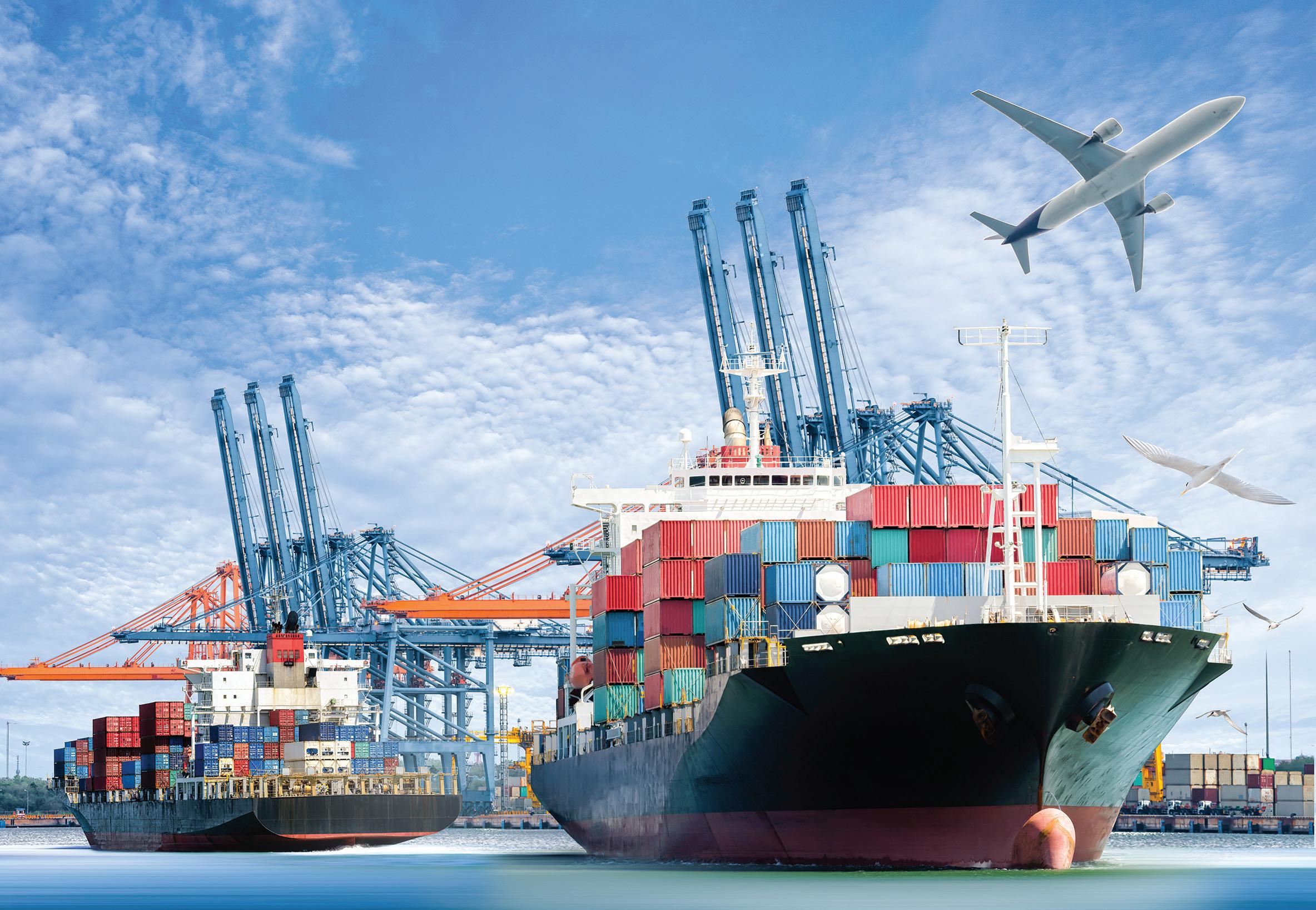BEST PRACTICES
Port Authority of New South Wales shares insights into vessel arrival systems
T
he concept of just-in-time vessel arrival systems has been gaining traction throughout the international maritime community of late. In January this year, at the 75th Session of the IMO’s Marine Environment Protection Committee, the Global Industry Alliance to Support Low Carbon Shipping (GIA) released “Just In Time Arrival Guide — Barriers and Potential Solutions.” In February, Wärtsilä, Carnival Maritime, and Hamburg Vessel Coordination Center announced the successful implementation and testing of a new just-in-time sailing system — the Wärtsilä NaviPort — based on real-time ship-shore data exchange. While the rest of the world catches up, the Port Authority of New South Wales, Australia, developed their Vessel Arrival System (VAS) over 10 years ago. Providing valuable insights, Bruce Cooper, Senior Manager Port Services, Port Authority of New South Wales,
While the rest of the world catches up, the Port Authority of New South Wales, Australia, developed their Vessel Arrival System (VAS) over 10 years ago. spoke to APP’s Jane McIvor about the process that started with the grounding of the Pasha Bulker in 2007 and ended up with the world’s first just-in-time vessel arrival system.
Background
The Port of New South Wales is located on the east coast of Australia and manages the navigation, security and operational safety needs of commercial shipping in Sydney Harbour, Port Botany, Newcastle Harbour, Port Kembla, Eden and Yamba. Newcastle Harbour is one of the largest coal export ports in the world with a record 164.9 million tonnes of throughput recorded in 2019. In May 2007, the Panamanianregistered bulk carrier Pasha Bulker
was anchored about 2.5 miles off the coast of Newcastle along with 57 other vessels. Her estimated wait time before loading coal was three weeks. Long story short, an unpredicted, severe storm settled in “the worst possible spot,” according to Cooper. While many of the ships put out to sea, the Pasha Bulker got caught in wind and heavy seas and grounded on Nobbys Beach. The hull was breached but, luckily, there was no pollution. In its subsequent report, the Australian Transportation Safety Board noted, among other factors, that the queue of 57 ships off Newcastle at the time of the incident increased the risks of collision and grounding. In total, the ATSB offered 11 recommendations.
A large coal transport ship entering Newcastle Harbour - Newcastle is one of the largest coal export ports in the world providing thermal and coking coal to Asia and beyond. 48 — PACIFIC PORTS — August 2020













